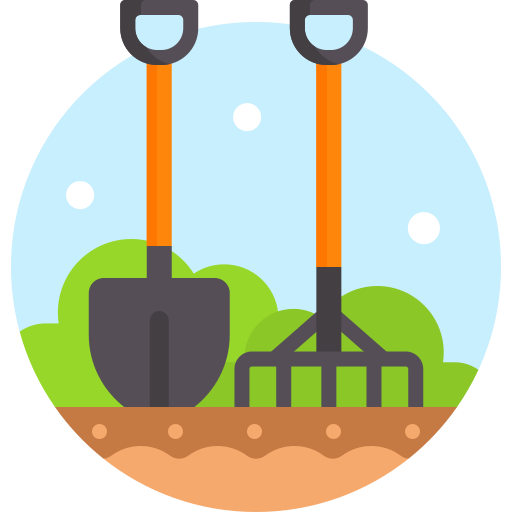Up until very recently, I’ve never lived anywhere where I had the space to set up an outdoor garden. I’ve been fortunate to finally own a property where I can, and I’m really enjoying it. So far I’ve set up an 8 x 25 garden plot, planted 4 fruit trees, and have a thriving wildflower garden in front of the house. I have a lot to learn, but I’m certainly enjoying the process.
One of my recent projects has been to install gutters on my workshop; it’s a 25x50ft building. That got me thinking; why not collect the water from the gutters? I live an area that gets near-constant rain in the fall, winter, and spring, but it turns into a desert here during the summer. We haven’t had more than a light mist in about a month or more. I have a roughly 60x20ft section of property hidden behind the shop, and it would be a perfect place to set up some IBC totes to collect the water.
For those of you who collect rain water for your garden, how much do you find you need/use? Based on my water bill, it looks like my usage went up by about 75 gallons per month since I’ve started gardening. I figure round that to 100G just to be safe; for 4 months with little rainfall, that would mean I need about 400G stored. I tend to over-engineer everything I build, so lets double that to 800G.
I’d enjoy hearing from anyone who harvests rainwater for their garden. How much water storage do you have? Do you find it’s too much, not enough, or exactly what you need?


It’s been a while since I made this post, but I’ve finished my rainwater harvesting / irrigation system, and the advice I received here was definitely helpful. I learned some things, too.
All-in-all, though, it was a really fun project to work on. I went with a Rachio 3 sprinkler controller, Orbit valves, and ran buried pipe to all the areas that needed water. Everything just waters itself now, and I know exactly how much water each area is getting. Not only does nature provide the water for free, but I’m also not wasting potable municipal water either (at least not as much; I’ve still had to fill the tanks from the hose a few times). It was well worth the work and the expense; thank you again to everyone who posted here to help me out.